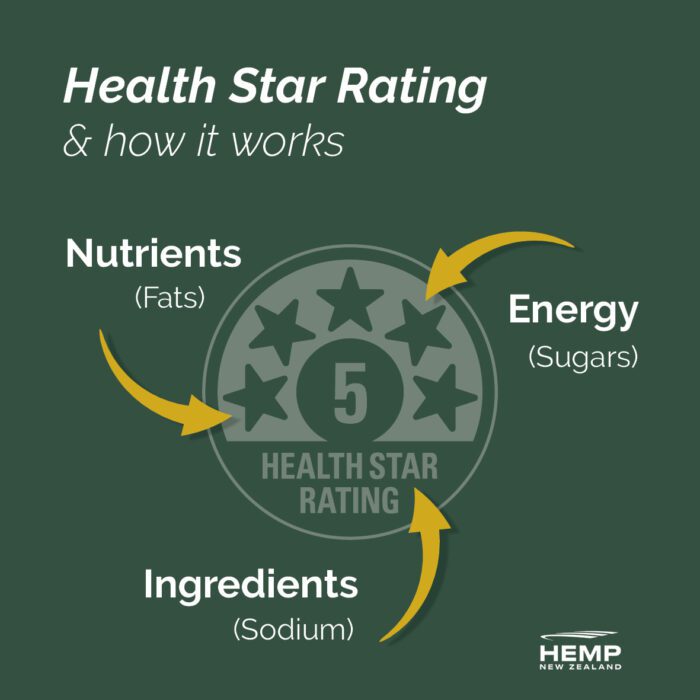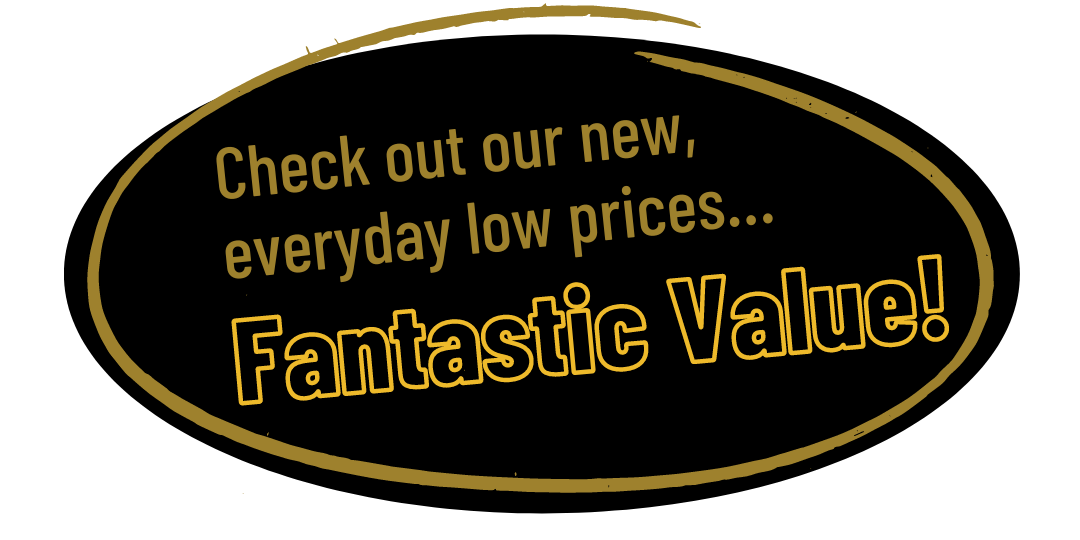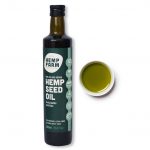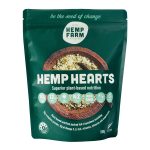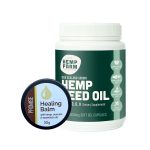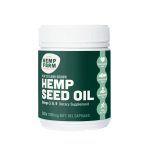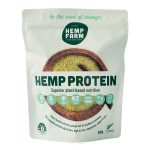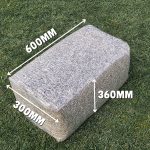
Know Where Your Food Comes From

In summary, our vision here at Hemp New Zealand is to create “A pristine environment that supports the health and well-being of all life.” We are committed to being good custodians or kaitiaki of the land, and to supplying products that are safe, clean, pure and made from only the very best New Zealand grown ingredients.
Why you should care about Food Miles🌱
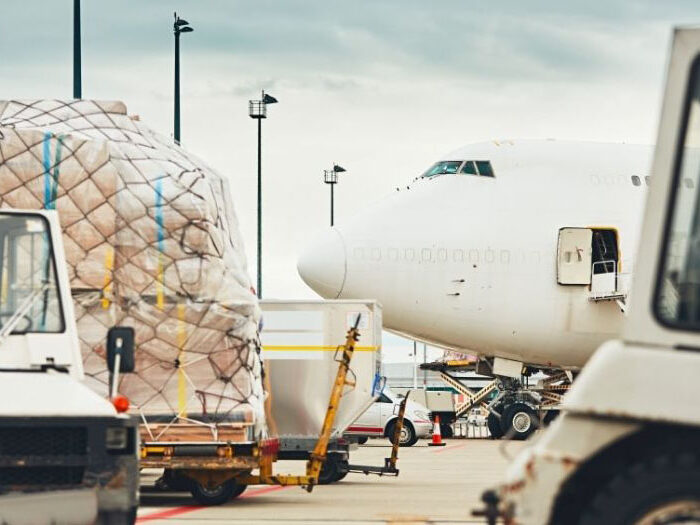
According to an article by RNZ, New Zealand produces enough food to feed around 40 million people, exporting much of it. Despite this abundance, New Zealand still imports around 20% of the country’s food needs.*
The food imported into New Zealand reflects our increasing, culturally diverse tastes. Ethnic foods and ingredients, especially from Asia, India, and South Africa are in steady demand mirroring the population and our newfound enthusiasm for new and unique food experiences.
This global trade, however, has resulted in more and more products travelling ever-increasing distances from production to final consumption and disposal. Hence, the term “food miles”. The implication of the term however extends beyond just the miles travelled. There are many other layers to food production such as energy use and contribution to climate change, dependence on fossil fuels, traffic congestion, social and economic impacts on rural communities and developing countries, and the volume of worldwide freight transport taken up by food.
It makes sense then, that food coming from overseas will have a much greater impact on the environment than food grown and produced here in New Zealand. While shopping locally is beneficial for multiple reasons, reducing food miles is up there with one of the most important in reducing our eco footprints.
Imported produce products can be convenient, and sometimes necessary, to access produce all year round. It’s not easy for example to find New Zealand-grown tropical fruit. However, by committing to making a few small changes when doing your next food shop, you can have a big impact on reducing food miles.
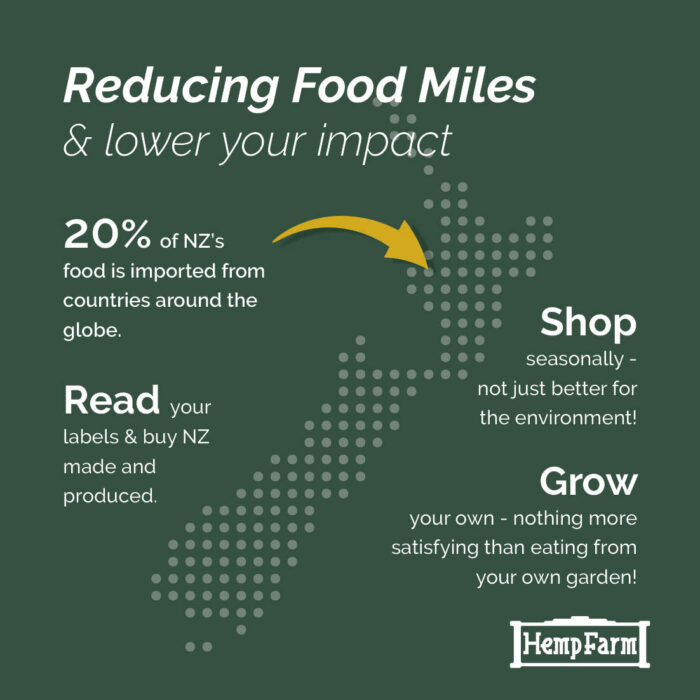
Three Ways You Can Lower Your Food Miles
- Read before you buy
Check the labels when selecting products and try to opt for New Zealand grown produce. New country of origin food labelling regulations came into force on the 12th of February 2022 for fresh and thawed food and on 12th May 2023 businesses will need to disclose this information for frozen food. - Shop seasonally
Seasonal produce is most likely going to be locally sourced. If you’re buying raspberries in the middle of winter, there’s a pretty good chance they have travelled a few food miles to get to your supermarket. - Grow your own
There is nothing more satisfying than growing your own food. Nor is there a shorter distance than from the backyard to your kitchen! If you’re not a seasoned pro, start small by picking two or three veggies or herbs to plant. You might just get hooked!
Sustainability – more than a buzzword 🌱
The term sustainability simply means meeting our own needs, without compromising the ability of future generations to meet their own needs. Sustainability as a value is shared by many individuals and organizations who demonstrate this value in their policies, everyday activities, and behaviours. It requires us to challenge short-term thinking to consider what kind of future we are leaving for the next generation.
In addition to natural resources, we also need social and economic resources. Environmentalism isn’t the only aspect of sustainability. Concerns for social equity and economic development are found in most definitions of sustainability.
What does sustainability look like?
- It means that we consume natural resources at a rate that allows us to replenish ourselves, maintaining ecological integrity and keeping the earth’s environmental systems in balance.
- It means that communities across the globe can maintain their independence and have access to the resources that they require, financial and other, to meet their needs.
- It means that human rights and basic necessities are attainable by all everyone. That they have access to enough resources in order to keep their families and communities healthy and secure and that leaders ensure personal, labour, and cultural rights are respected and protected from discrimination.
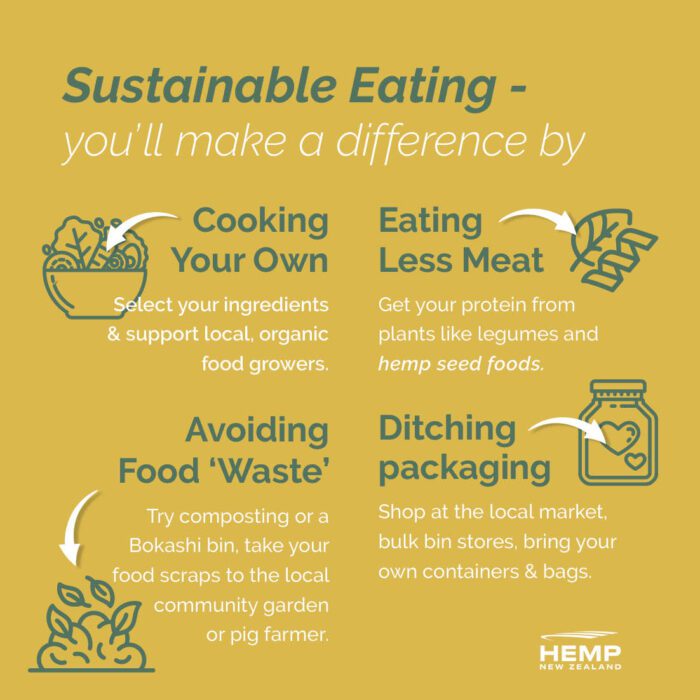
How does industrial hemp fit into a sustainable future?
Industrial hemp may be the solution to many of the environmental issues facing the world today. It has the potential to regenerate depleted soils, sequester carbons out of the atmosphere, prevent deforestation, reduce pesticide pollution, create building materials, remediate polluted soil, and feed the world. It is a rapidly growing renewable resource that can help and support the re-establishment of harmony between humans and the planet.
Ways to live more sustainably - Reduce, Reuse, Recycle
- Switch lights off and unplug appliances when not in use, including those on standby like monitors and TVs.
- Buy energy-efficient appliances.
- Insulate your home to save on heating. A well-insulated house needs less energy to stay cool in summer and warm in winter.
- Consider installing solar panels on your rooftop.
- Reduce water use. Fix leaking taps and running toilets. Only run full loads on your dishwasher and washing machine.
- Recycle or donate household items to minimise waste going to landfill.
- Avoid using disposable plates, cups and cutlery.
- Reduce food waste by taking time to plan your meals.
- Consume leftovers and freeze your kai to extend shelf life.
- Grow your own vegetables, fruits and herbs.
- Have a compost pile for plant-based food scraps, dried leaves and paper. Composting produces no emissions and also keeps your lawns and garden healthy.
- Take public transport when possible. Fewer vehicles on the road minimises the need for road development and reduces gas emissions.
- Think twice about your next purchase. Consider op shopping, Trade Me, or borrowing.
Author and activist Jack Herer, wrote in his book The Emperor Wears No Clothes (1993): “If all fossil fuels and their derivatives, as well as trees for paper and construction, were banned to save the planet, reverse the Greenhouse Effect, and stop deforestation; then there is only one known annually renewable natural resource that is capable of providing the overall majority of the world’s paper and textiles; meet all of the world’s transportation, industrial and home energy needs, while simultaneously reducing pollution, rebuilding the soil, and cleaning the atmosphere all at the same time… and that substance is the same one that did it all before – Cannabis Hemp.”
Product of NZ vs Made in NZ 🌱

As the collective consciousness of Kiwis awakens to the importance of living more sustainably, more and more consumers are taking an interest in the origin of their foods. Buying trusted, New Zealand grown products not only supports the local economy, but also gives us peace of mind about the origin, quality, and safety of our food.
The Commerce Commission requires that businesses who claim their products are ‘Made in New Zealand’ must be accurate, able to be substantiated and must not mislead consumers about the country of origin. If a product claims to be a “Product of New Zealand”, the essential character of the food must be created in New Zealand. “Made in New Zealand from local and/or imported ingredients” gives no guarantees about the product’s origin.
Whether a product is ‘made in New Zealand’ depends on a number of factors, including the nature of the product and what consumers understand about it. Some examples help explain how the meaning of “made” can vary depending on the product:
- For a clothing item, where did it change from fabric into a garment?
- For a food item, where were the ingredients grown?
- For a manufactured product, was it substantially manufactured in NZ? Where was the primary componentry made? Were any substantial stages of manufacture conducted offshore?
- The Commission has taken a number of country of origin cases in recent years which include:
In May 2017 a health supplement company and its owner were fined more than $500,000 for claiming that bee pollen was New Zealand-made when the bee pollen was sourced from China. - In April 2016 the High Court found that a health supplement company’s “New Zealand made” claims were misleading because all the active ingredients were imported from overseas.
- Since 2011 the Commission prosecuted 11 companies and 11 individuals for selling imported alpaca rugs as “Made in New Zealand”, and/or for claiming duvets were predominantly alpaca, merino wool or cashmere when they were not. A total of more than $1.5 million in fines had been ordered when the most recent company was fined in 2017.
Why you can trust Hemp New Zealand

Do you ever make supermarket food choices based on a Health Star Rating?? More importantly, do you understand how the Health Star rating works? Let’s try and unpack that for you. We’ll explain how the stars are calculated and how to use them as a tool for making healthy choices.
The Health Star Rating was introduced in 2014 to provide a quick and easy way for shoppers to compare similar types of packaged foods, e.g. cereal and muesli bars. The system uses a rating scale of 0.5 to 5 stars. Obviously, the healthier the food is, the more stars. It’s an independent rating developed by the New Zealand and Australian governments in conjunction with public health experts, the food industry and consumer groups. Food manufacturers are under no obligation to use this rating system, it is all provided on a voluntary basis.
Health Star Ratings can appear on labels in a few different ways. Some foods only carry the overall Health Star Rating of the product while others include information about specific nutrients, (such as saturated fats or sugars).

Packaged foods are given a number of stars based on their:
- nutrients
- ingredients, and
- the amount of energy (kilojoules) they provide.
Manufacturers work out the rating of their product by putting nutrition information into the “Health Star Rating Calculator”. Foods get more stars if they are:
- lower in saturated fat, sugar, or sodium (salt)
- higher in healthy nutrients and ingredients (fibre, protein, fruits, vegetables, nuts, or legumes).
The number of New Zealand companies using the Health Star Rating system continues to rise and Consumer research shows shoppers increasingly using health stars as a guide when buying food. Health stars may also encourage food manufacturers to make their products healthier to increase their star rating.
While Health Star Ratings can help you make better food choices, it doesn’t mean you can eat larger quantities of food with more stars! Check the nutritional information panel on the packet for the recommended serving sizes.
References
- https://www.consumer.org.nz/articles/country-of-origin-labelling#article-what-we-found
- https://www.mbie.govt.nz/business-and-employment/consumer-protection/country-of-origin-of-food/
- https://www.stuff.co.nz/business/127487412/heres-why-your-food-labels-might-look-different-next-month
- https://www.nzherald.co.nz/
- https://bestfoodimporters.com
- https://www.stuff.co.nz/
- https://www.infometrics.co.nz/
- https://www.mcgill.ca
- Article: 10 reasons hemp is good for the planet
- Article: hemp – environmental benefits
- https://www.aucklandcouncil.govt.nz
- consumer.org
- govt.nz
- henryhuges.com
- govt.nz
- mpi.govt.nz/food-safety-home/
- nutritionandactivity.govt.n
- mpi.govt.nz/food-business

